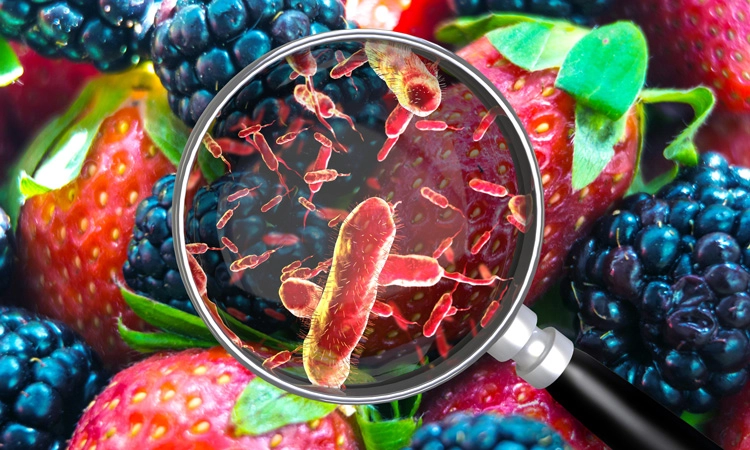Foodborne diseases are often caused by injecting food or water through contaminants, viruses, parasites, or chemicals.
Eating pathogens can cause acute diarrhea or debilitating infections, including meningitis.
Chemical impurity can cause acute poisoning or immedicable diseases like cancer.
The burden of foodborne diseases
In public health and welfare and the economy, the burden of foodborne diseases has been reduced because it has difficulty concentrating reports and establishing a causal relationship between food contamination, causing illness, or death.
The global burden of food grains (bacteria, viruses, parasites, toxins, and chemicals) at the global and regional level was first estimated to be the burden of the disease due to 31 foodborne agents (bacteria, viruses, parasites, toxins, and chemicals).
The World Bank report on the economic burden of foodborne diseases of the world bank of 2018 indicated that the total productivity loss in low and medium-income countries to us $95.2 billion per year was estimated, and the annual cost of foodborne diseases was estimated at us $15 billion.
Food Safety Precautions
Fight the foodborne diseases
Parties who prepare food.
Food safety starts with the food, plan of action, and farmers elaborated in agricultural production. Methods should operate suitable varieties and levels of pesticides, fertilizers, and veterinary drugs. Retailers should make certain proper food handling at all stages of transport and delivery. Set up with s As the 65% incidence of food poisoning at restaurants in 1985 has been reported by direct transmission of food poisoning directly to infected employees, food service companies should train employees to make good ways to avoid foodborne diseases, such as handling food when infected, washing hands thoroughly and not touching food with open hands. 2003
Food Safety Regulation Programs
The world health organization (who) has admitted that traditional food safety measures have not effectively prevented the health and social burden of food products in recent years, so individuals to reduce the health and social burden of food-related diseases need to minimize the food burden through the systematic way of risk analysis. If you are looking for food security measures then you should go online and get detailed information about it.
The world’s world food security world particularly needs the following approaches, most of which are interlinked: Strengthen food health monitoring systems: identifying fast and allowing the diagnosis of disease.
Improve risk assessment: on microbiological risk assessment, the pair/fao was developed through joint sitting. Steps include developing international equipment for setting standards, creating appropriate risk assessments, and effectively transferring technologies and data on risk assessment between countries.
Develop methods for assessing the safety of new products produced by new technologies: laying down standards for genetically modified foods.
Enhance the role of the world health organization in the codex: with the following codex standards and recommendations, increase the effective participation of developing countries.
Improve risk communication: this will build confidence between member nations and world health organizations. Risk communication will address the specific needs of member states. Improvement in international cooperation: who will associate with national and international organizations and ensure food security arrangements with the food chain.
Strengthening capacity building in developing countries: an analysis of the deficiencies and needs of trained personnel under national food security schemes and foodborne disease monitoring.


